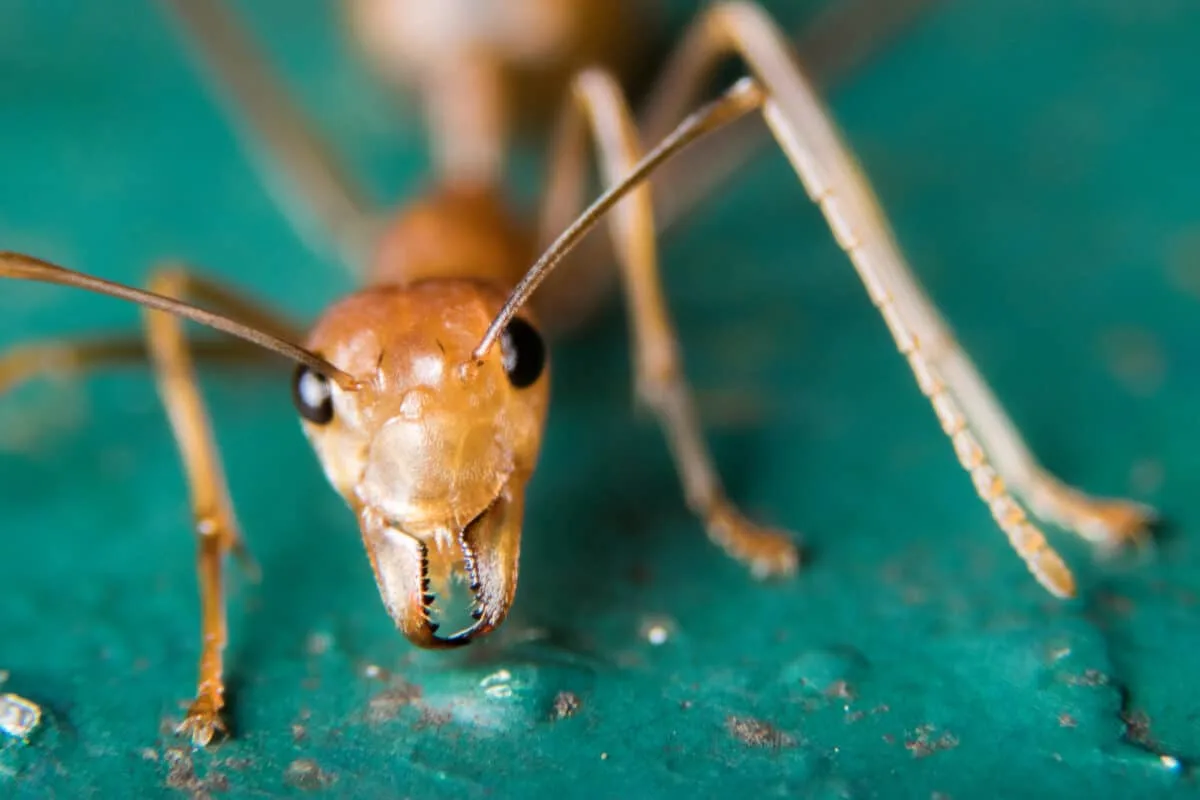The population of fire ants in Florida has become more and more prevalent, here’s all you need to know about these feisty insects.
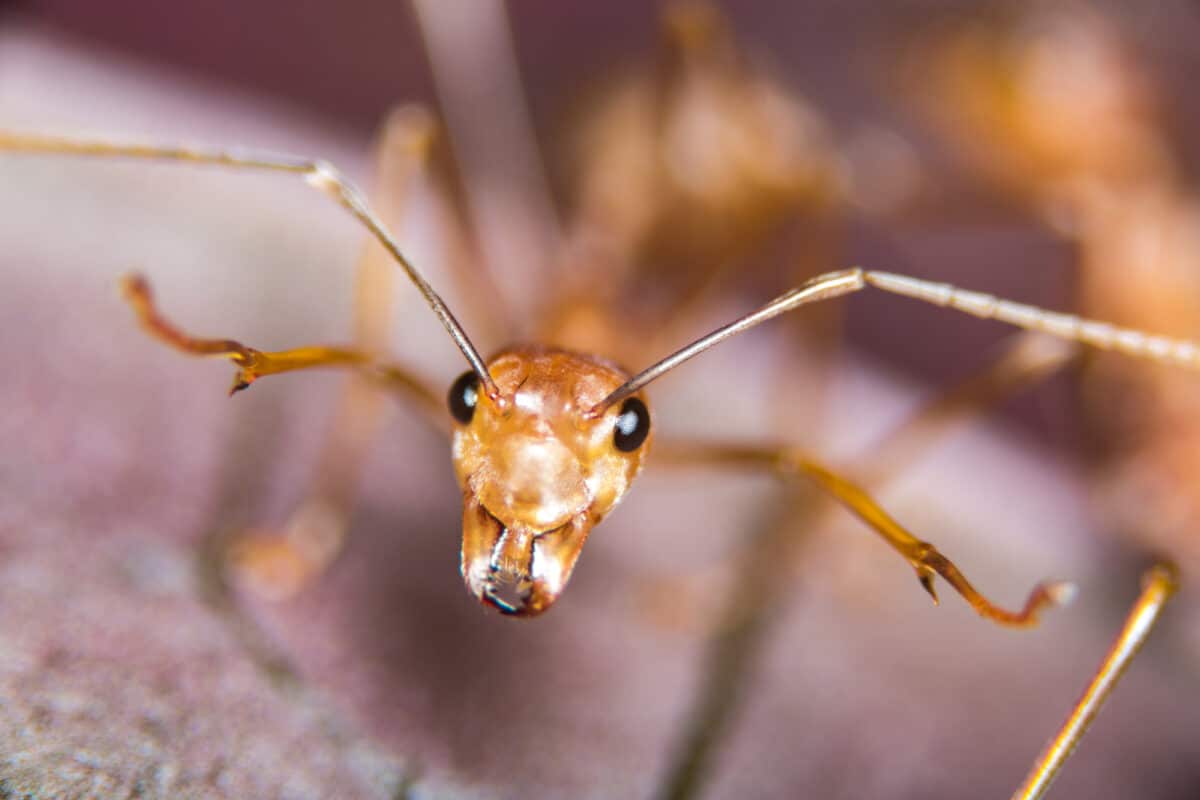
Are you tired of the typical tourist traps in Florida – congested cities and crowded beaches? While most people go on vacation for some much-deserved rest, it could be more stressful than expected if they encounter a different breed of local wildlife: fire ants. (Click here to learn about another insect that can easily ruin your summer vacation if you’re not careful.)
From small piles of sand to large colonies, these pesky critters can quickly become a nuisance if left unnoticed or un-dealt with. If you’re planning a getaway to Florida, being aware of your surroundings and the signs of fire ants might save the day!
Join us as we go on a journey of exploration – we’ll uncover the dangers posed by fire ants, their potential risks, and their impacts.
Key Points
- Fire ants are a type of insect that belongs to the family Formicidae. They are commonly found in warm and tropical regions of the world, with many species hailing from South America.
- There are over 280 known species of fire ants, but the most notorious is the red imported fire ant (Solenopsis invicta).
- Fire ants build large colonies containing thousands of individual ants, with some even having multiple queens. They are omnivores, with their diet consisting of plants and other insects.
- One of the most effective natural remedies for fire ant bites is aloe vera, which has anti-inflammatory and soothing properties that can help to reduce swelling and itchiness.
- They help control other insect populations and can aerate the soil, making growing plants more accessible.
- On the other hand, their large mounds can also cause erosion and other environmental problems.
What Is a Fire Ant and Where Do They Come From?
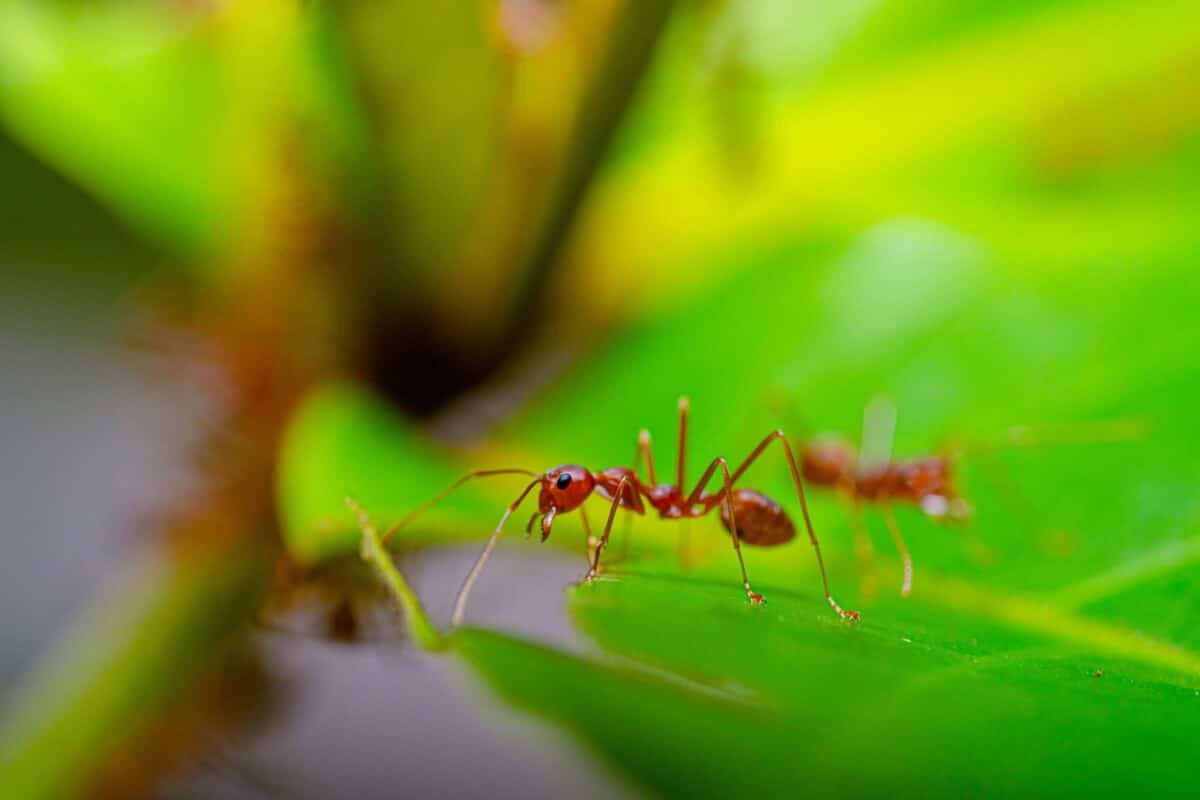
Fire ants are a type of insect that belongs to the family Formicidae. They are commonly found in warm and tropical regions of the world, with many species hailing from South America. These ants are known for their painful bites, which can sometimes lead to serious medical problems, particularly in individuals allergic to their venom.
There are over 280 known species of fire ants, but the most notorious is the red imported fire ant (Solenopsis invicta). This species has spread across many parts of the world, including the United States, China, Australia, and Taiwan.
Spreading of Fire Ants
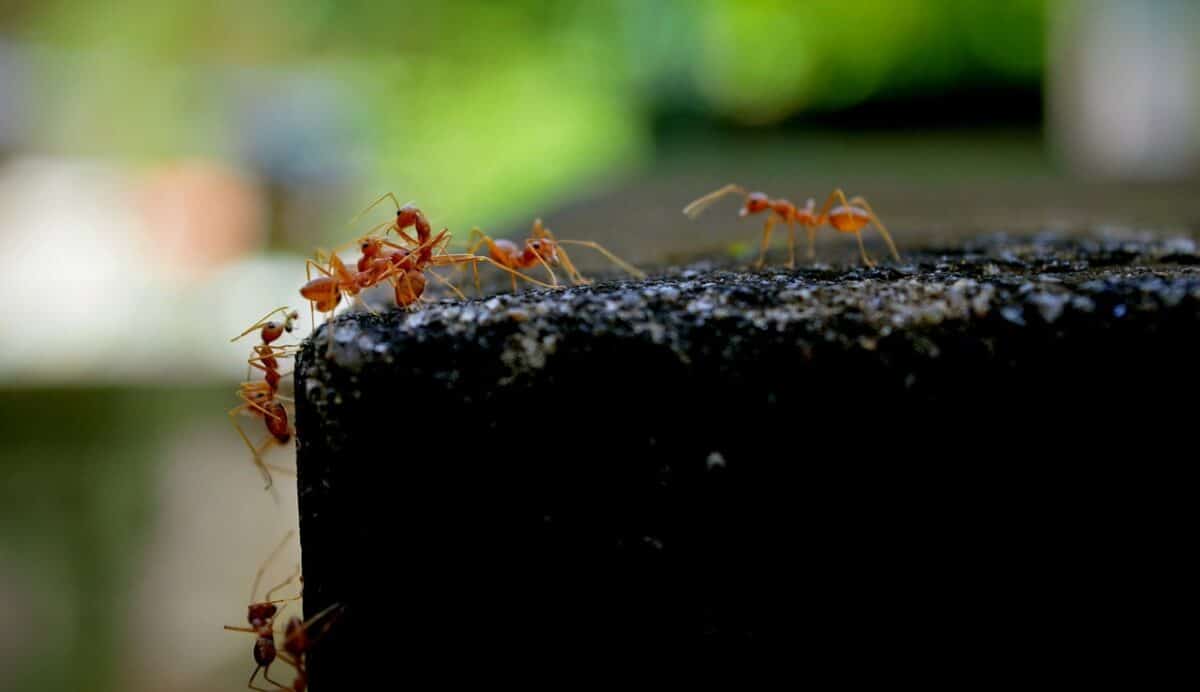
Fire ants are not native to the United States, having entered from South America during the 1930s. They were first discovered in Alabama and have since spread across the country’s southern portion, becoming a significant pest for many homeowners and farmers.
Fire ants build large colonies containing thousands of individual ants, with some even having multiple queens. They are omnivores, with their diet consisting of plants and other insects. Their aggressive nature makes them a formidable opponent to other insects, and they often outcompete native ant species for resources.
(Uncover the largest ant mound ever recorded here.)
The Dual Nature of Fire Ants: Benefits and Concerns
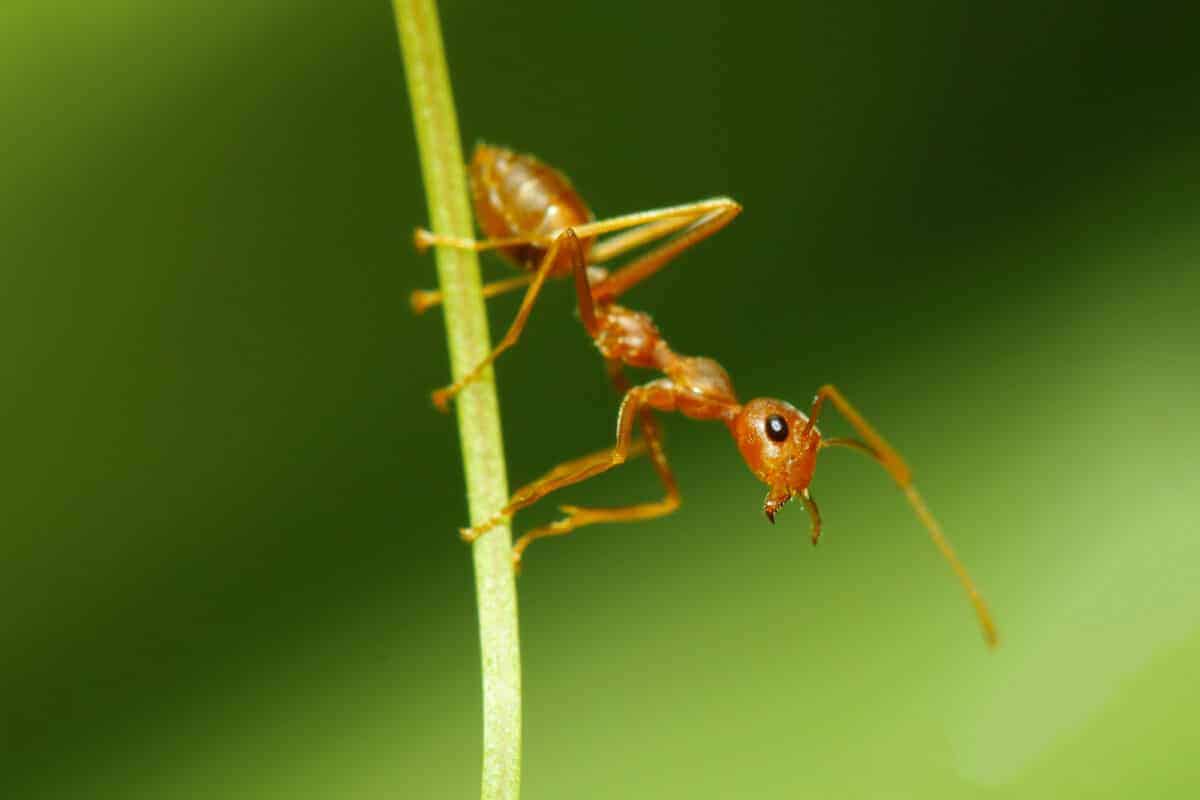
Despite their painful stings and aggressive behavior, fire ants are beneficial in some aspects. They help control other insect populations and can aerate the soil, making growing plants easier (and allowing for healthier and bigger plants.)
However, their negative impact on ecosystems and human health has made them a subject of concern, with various pest control methods used to manage their populations.
Signs of a Fire Ant Infestation
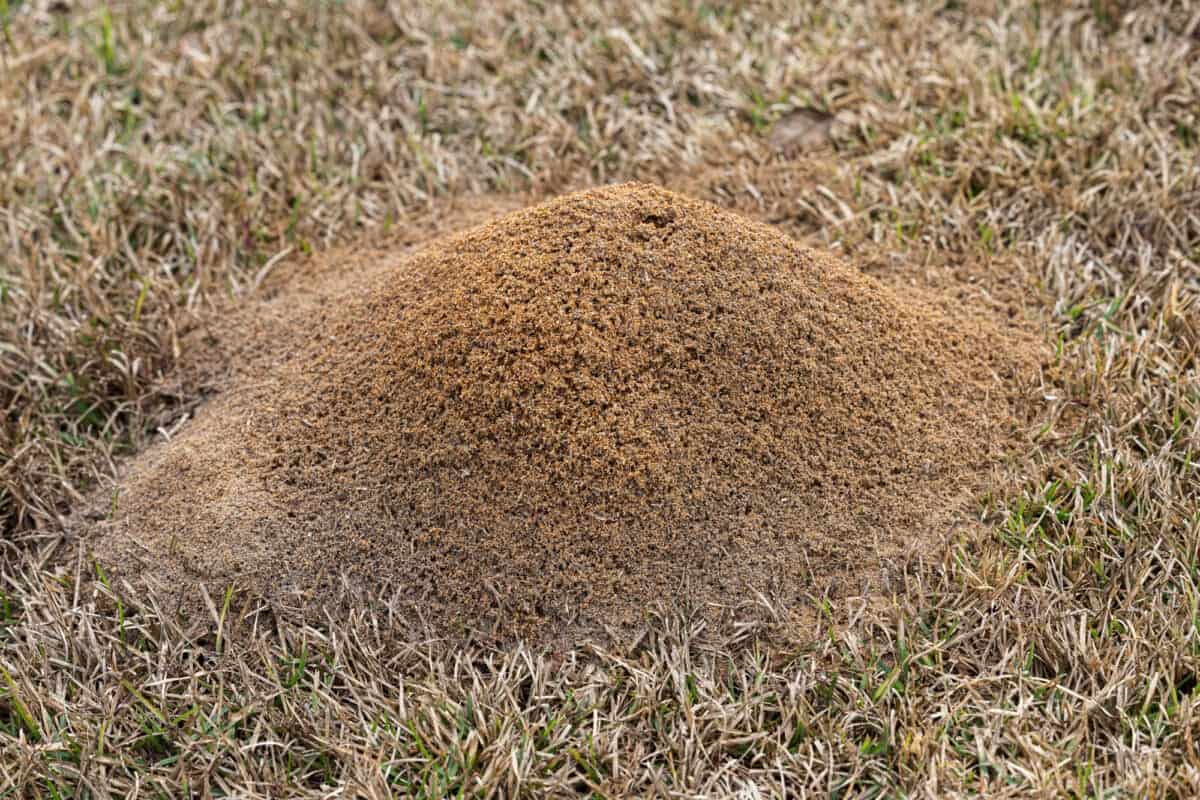
Regarding pest infestations, few are as troubling as fire ants. Not only do they have painful bites, but they can also damage crops (which is ironic, seeing as a moderate presence of fire ants can aid agriculture) and endanger pets and people. That’s why spotting the signs of a fire and problem is essential before it becomes a full-blown infestation.
Fire ant infestations can be identified by the presence of ant mounds, which vary in size and can be found outdoors (and sometimes even indoors!) These mounds are often accompanied by trails of ants traveling to and from the colony.
Inside, signs include small piles of dirt or sand near baseboards and ants crawling along walls and ceilings. It’s essential to inspect potted plants for fire ant activity as well. Keeping an eye out for these signs can help promptly identify and address fires and infestations.
If you suspect a fire ant problem, acting quickly is essential. Contact a pest control professional who can identify the type of ant and recommend the most effective treatment options.
The Dangers of Fire Ants
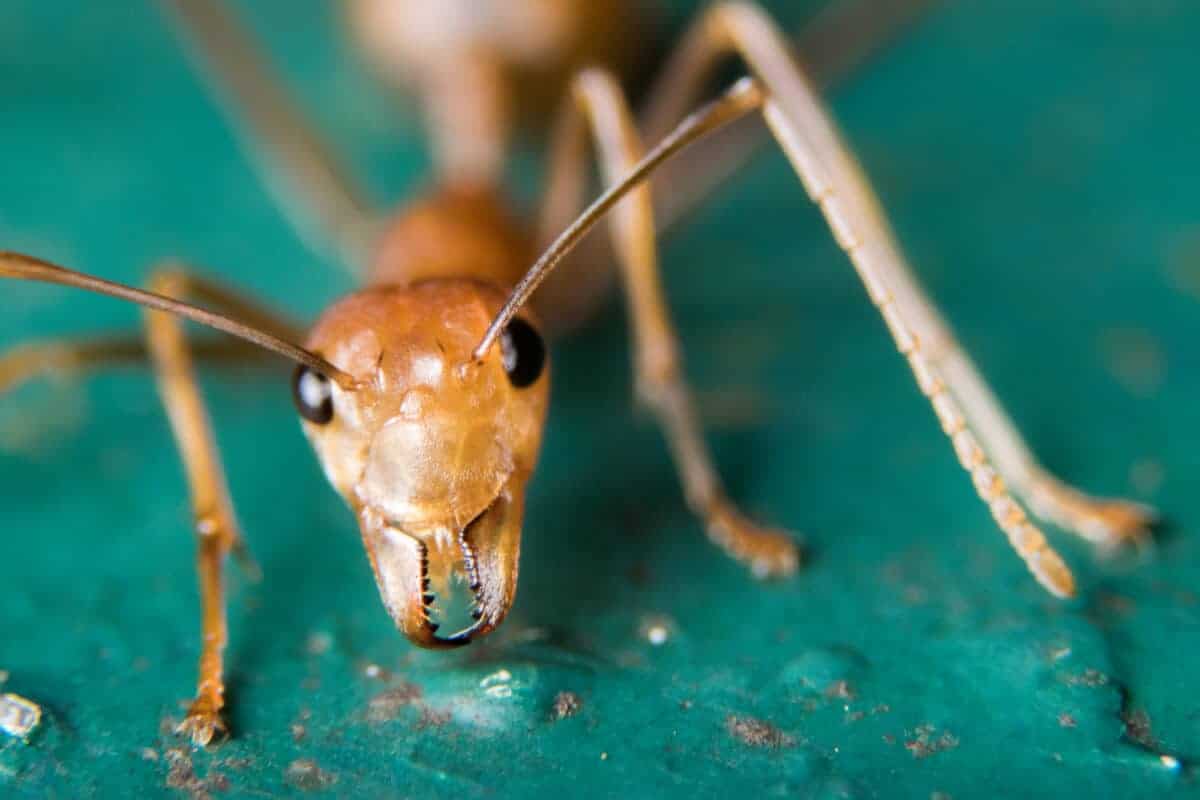
The bites of fire ants contain toxic venom and can pose a danger to many animals, including humans. For most people, a fire ant bite will cause a painful, burning sensation at the site of the bite. However, in some cases, individuals may experience an allergic reaction, leading to swelling, itching, and even difficulty breathing.
In addition to their painful bites, fire ants can also cause damage to plants. The insects build large mounds, which can cause erosion and other environmental problems. Moreover, fire ants can prey on other insects, disrupting local ecosystems.
Prevention and Safety Measures
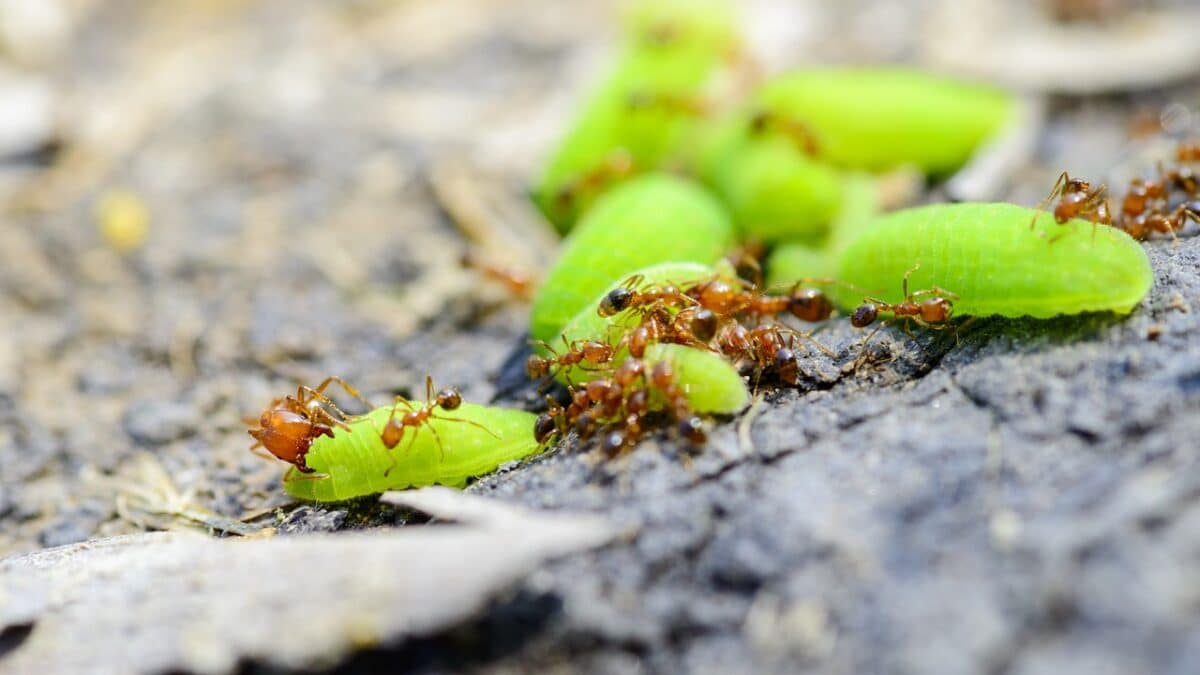
Fire ants are increasingly common in many areas. However, there are steps that individuals can take to protect themselves from these insects.
For example, wearing protective clothing and using insect repellents can help to reduce the risk of bites and stings. Additionally, individuals should avoid disturbing fire ant mounds, which can provoke and cause them to attack.
Lastly, while fire ants may seem harmless at first glance because of their minute size, their bites can cause serious harm to both humans and animals. Individuals need to remain aware of the dangers posed by these insects and take steps to protect themselves and their environment.
Steps You Can Take to Prevent and Remove Fire Ants from Your Home
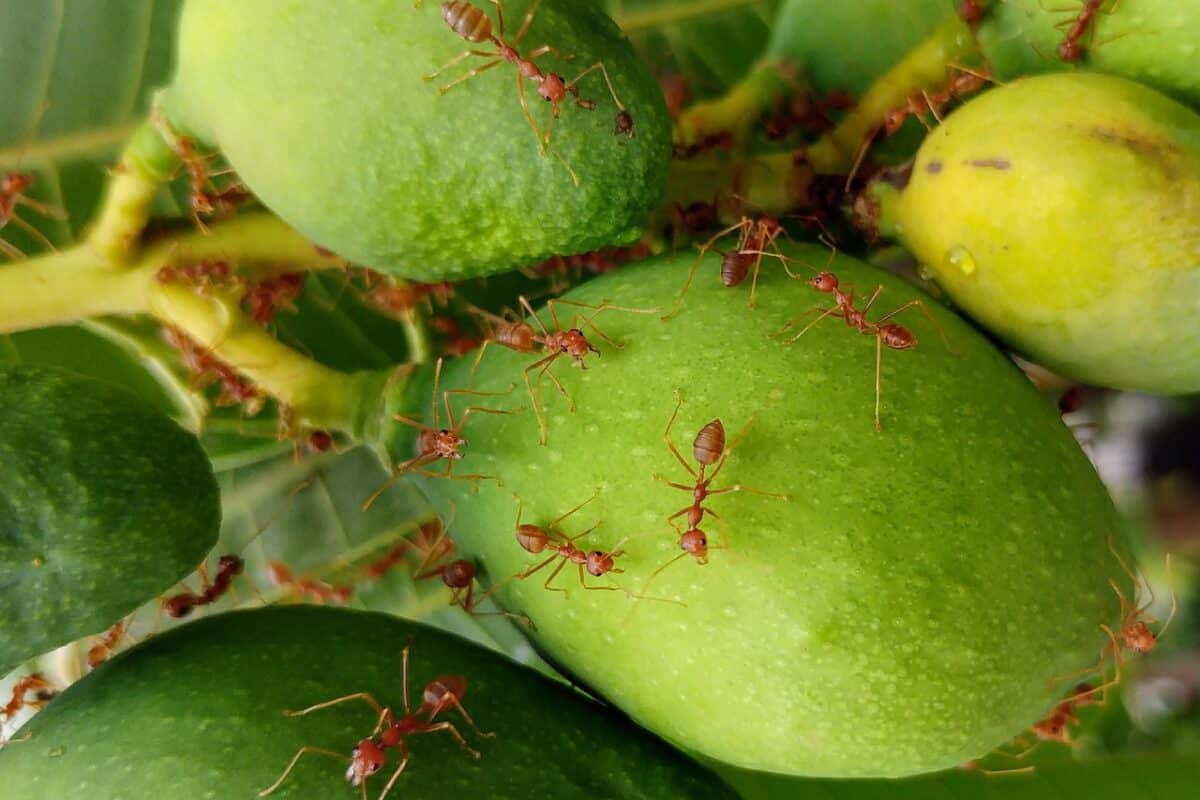
Fire ants are a common problem for homeowners in many parts of the world. These pests are known for their aggressive behavior and painful stings, which can cause serious health problems, especially for children and pets. If you’ve ever dealt with fire ants in your home, you know how frustrating and difficult it can be to eliminate them.
Luckily, you can take steps to prevent and remove fire ants from your home.
- Identify the problem by searching for fire ant mounds in your yard and around your home. Take the time to thoroughly inspect the area, as these mounds can be challenging to spot.
- Fire ants are attracted to food sources, so keeping your home free of accessible food will deter them.
- Seal any cracks or gaps in your home’s foundation or walls to block their entry points.
- Keep your lawn well-maintained
If you already have fire ants in your home, there are effective methods to remove them. One option is to use bait designed to be toxic to fire ants while remaining safe for humans and pets. Another option is to apply a pesticide that targets fire ants directly.
By following these steps, you can identify and address fire ant infestations, prevent their entry into your home, and effectively eliminate them if they are already present.
Natural Remedies For Treating Fire Ant Bites

Fire ants are a common problem, especially during the summer months. Their stings are painful and can lead to skin irritations, blisters, and infections. However, there are plenty of natural remedies that you can use to treat fire ant bites.
#1 Aloe Vera
One of the most effective natural remedies for fire ant bites is aloe vera. Aloe vera has anti-inflammatory and soothing properties that can help to reduce swelling and itchiness. Apply aloe vera gel directly to the affected area.
#2 Apple Cider Vinegar
Another natural remedy that can help to reduce the pain and inflammation of fire ant bites is apple cider vinegar. Soak a cotton ball in diluted apple cider vinegar and place it on the bite area for a few minutes.
#3 Tea Tree Oil
Tea tree oil is another natural remedy that can help to treat fire ant bites. It has antiseptic and anti-inflammatory properties that can help to prevent infections and reduce itchiness. Dilute a few drops of tea tree oil with a carrier oil like coconut oil and apply it directly to the affected area.
#4 Baking Soda
Finally, you can also use baking soda to treat fire ant bites. Baking soda can help to neutralize the venom and reduce swelling. Mix a small amount of baking soda with water to create a paste and apply it directly to the bite. Leave it on for a while before washing it off.
Where to Get Professional Help for Fire Ants in Florida
When dealing with fire ants in Florida, it is essential to seek professional help. Fortunately, various options are available for eradicating fire ant infestations.
One option is to contact a professional pest control company. These companies have the experience and equipment to effectively eliminate fire ants from your property. They can also offer preventative measures to ensure that the ants do not return in the future.
Another option is to consult with your local university extension office. These offices offer valuable information on pest control, including specific recommendations for dealing with fire ants in your area. They also often provide free or low-cost training programs for homeowners and landscapers on identifying and treating fire ant infestations.
Wrapping Up
While fire ants can be a scary thing to deal with, they don’t have to be. If you take the proper steps and safety precautions when encountering these species, you can easily minimize the risk of getting stung and ruining a beautiful summer’s day.
Remember that fire ant mounds must be treated proactively with pesticides or through other means of eradication to keep them away from our homes and yards. By implementing the tips and tricks mentioned above, you can ensure that Florida’s unseen danger does not affect your home or garden!
Thank you for reading this article on fire ants in Florida! If you enjoyed this article you should take a look at this post to find out how long flies live, or get to know the sand flea by clicking here.
Join our Forum for free today!


